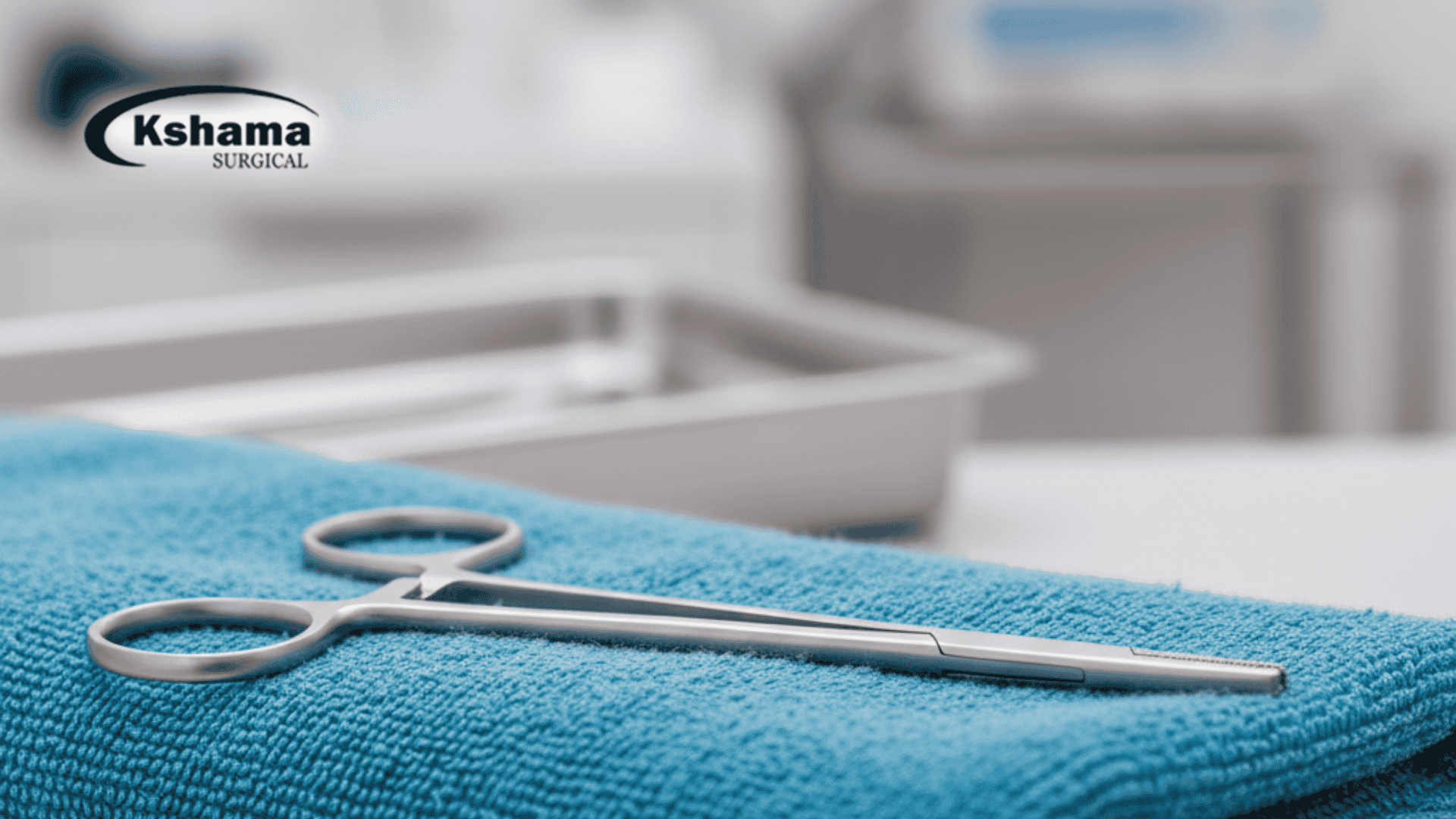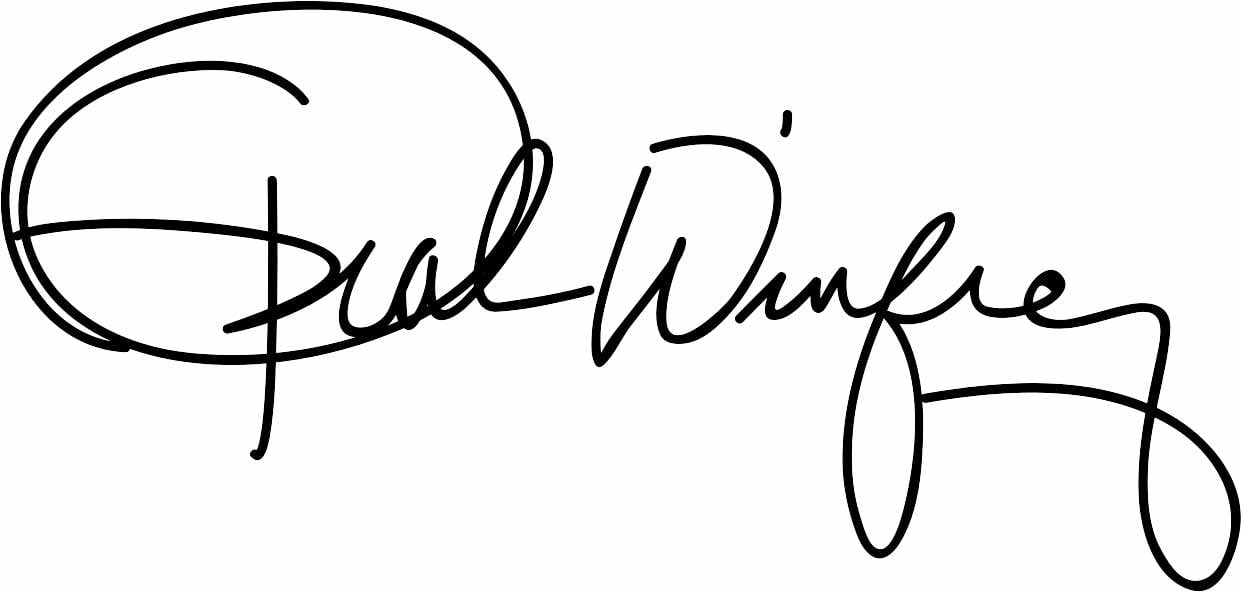When you see a vet in surgery, it may seem smooth and effortless, but underneath every flawless stitch, there is something that contributes a lot – the Needle Holder. Most people don’t even realize how significant it is until they observe how meticulously a vet holds the Suture Needle using it while stitching delicate animal tissues. In this article, we shall discuss the various types of Needle Holders, their use, and why they are so significant in veterinary medicine.
What is a Needle Holder?
A Needle Holder is a medical instrument resembling nearly a scissor but doesn’t cut anything. It holds the Suture Needle when stitching or suturing. The tips are made with a tight grip so that the needle doesn’t slip when pressure is applied by the vet. You can term it as an extra finger for the surgeon, providing control and precision when closing wounds or surgical incisions.
Sometimes it gets confused with forceps, but they are two different things. Forceps grasp tissues, whereas the Needle-Holder grasps the needle. It has a lock mechanism that assists the vet in maintaining firm control while the procedure is long. They are mostly fabricated from stainless steel to prevent rust and ensure that they remain durable for years.
Why Do Needle Holders Matter in Veterinary Medicine?
In surgery for animals, animals move or respond differently compared to humans. For this reason, the proper Needle Holder is important. It minimizes errors, avoids the Veterinary Needle from slipping, and enables the vet to maintain their concentration on stitching the tissue tidily. When we refer to surgery, a single error may create a huge difference, particularly in the case of small or delicate animals.
A proper Needle Holder assists in:
Providing firm grip and control
Preventing hand fatigue in prolonged surgeries
Creating precise stitches
Keeping the needle stable in tight spaces
So, yes, it is not merely another instrument. It is one of the most reliable tools on the operating table.
Most Popular Needle Holders Used by Veterinary Clinics
Next, let us examine the most popular used Needle Holders in veterinary clinics and hospitals. Each is used for a particular shape and advantage.
1. Mayo-Hegar Needle-Holder
This is very popular among veterinarians. It has a firm grip and plain design. The handle is of longer size, so it is ideal for surgery in large animals. It does not possess cutting blades, hence it only concentrates on gripping the Suture Needle tightly. I have observed many vets like this because it is convenient to handle and provides great stability.
2. Olsen-Hegar Needle-Holder
This type comes with a built-in scissor near the tip, which helps in cutting the suture right after stitching. It saves time since the vet does not need to pick up another tool. But beginners might find it tricky because one wrong move can accidentally cut the wrong thread.
3. Crile-Wood Needle-Holder
The Crile-Wood has fine jaws that provide more sensitive control. It is best used for small animals or delicate operations. It is constructed in a manner that it provides a balance between strength and delicacy. The handle provides a good comfortable grip as well.
4. Mathieu Needle-Holder
This one is somewhat different. It has a spring-loaded handle that you squeeze to close and open it. It is for mostly rapid and repetitive stitching work. Vets like some of them because they can be operated by one hand easily.
5. Castroviejo Needle-Holder
This model is applied in micro or eye surgery, primarily for smaller animals such as birds or cats. It is extremely light and accurate, designed for fine tissue work. The tip is slender and ideal for small Suture Needles.
All of these Needle-Holders have a specific application, based on the type of surgery and animal size.
Things to Consider When Choosing a Needle Holder
If you are purchasing or selecting a Needle-holder, you need to consider some essential things:
Size and Length: Short holders are required for small surgeries, while long holders are required for big surgeries.
Material Quality: Always select stainless steel since it is strong and rust-free.
Grip Style: Select smooth or serrated grip depending on your comfort.
Locking System: Make sure it keeps the needle securely locked without slipping.
Balance: It must be light but firm in your hand.
Remember, comfort plays a big role because long surgeries can be tiring.
Personal Opinion from Experience
I have seen many vets who say that their favorite Needle-Holder is the one that “feels right” in their hand. It is not just about brand or price. It is about how it responds when they are in a tough surgery. Sometimes, they even call it their lucky tool. That emotional attachment is understandable, since when you work with animals and desire them to be safe, every little thing counts. A misgrip will squander time, but a correct one will save lives.
Conclusion
So the next time you witness a vet under the knife, remember that an unassuming-looking Needle Holder is working miracles behind the scenes. It is not merely a case of needle-holding; it is about control, care, and precision. Whether it is a large animal or a tiny bird, the appropriate Needle-Holder makes sure the wound is closed to perfection and the healing process speeds up.
In my mind, this little instrument is more worthy of respect than it receives. It quietly aids the surgeon in each motion and each stitch. Indeed, it is one of the most reliable tools in veterinary medicine.
FAQs
1. What is the purpose of a Needle Holder in veterinary surgery?
Needle Holder is employed to grasp the Suture Needle tightly in order to sew wounds or surgical cuts. It is responsible for control and precision, particularly in areas of fine tissue repair.
2. How do I select the correct Needle-Holder for my clinic?
Select depending on your type of surgery, hand comfort, and animal size. Always select stainless steel ones that have a tight locking grip. Fine-tipped Needle-Holders are preferable for small animals.
3. Can I use human Needle Holders for animal surgeries?
Technically, yes; however, it is advisable not to. Animal Needle-Holders are designed with a different angle of the hand and structure of the animal tissue, providing greater comfort and accuracy during animal surgeries.
4. How do I keep my Needle Holder?
Clean and sterilize after each use. Do not use abrasive brushes that may scratch the surface. Dry them and keep them in a clean surgical kit.
5. Why do vets use different sizes of Needle Holders?
Every surgery requires a different amount of control. For instance, Mayo-Hegar for heavy work and Castroviejo for delicate surgeries. The selection based on the size of the animal and type of surgery.
6. How is a Suture Needle different from a Veterinary Needle?
A Suture Needle is the needle itself that is used for stitching, whereas a Veterinary Needle is designed specifically for tissue in animals – it’s stronger and ever so slightly thicker for optimal performance.




